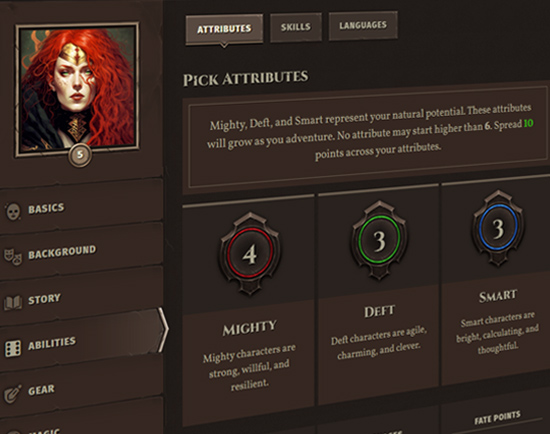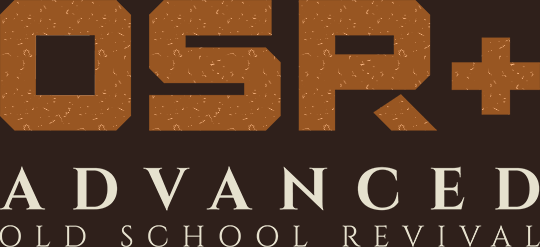While overworld play is an entirely optional game mode in OSR+, you can use it as the glue that binds other game modes in the adventure together. On the other hand, overworld play can be used as a way to simulate large-scale battles.
How to Use the Overworld
The core rules speak at length to that latter use, which necessitates creating an overworld hex map to plot out turn-by-turn action in large-scale campaigns of war. In many ways, this lets you run overworld play like a game of Civilization, with the option to zoom into events generated by the game mode to roleplay downtimes and other encounters.
The core rules do a good job explaining how that's done, so what we're concerned with in the guide is the former way you can use overworld play: as a means to transition between other game modes. In this way, the overworld becomes an interstitial space where we reflect on the narrative at large, outside the point of view of the PCs.
Skipping Military Action
You can skip the "military phase" of overworld action entirely if your map is not concerned with military campaigns. For example, in God Beyond the Portal, the overworld is represented by a map of the city of Navara, which is under imperial occupation. Players start each session in the overworld, creating global story tags using an overworld check, and then the GM also creates story tags per those rules. These tags help establish what the Empire is up to vs. what its rebels are up to, and the players are the ones driving that rebel activity.
If there are already as many global story tags on the board as there are players, then overworld action is skipped and we enter a game mode applicable to the first scene in the session instead. By starting each session in the overworld, you can give players a bird's eye view of the adventure, while also allowing them to direct its overall trajectory. The global story tags created in the overworld can then be used in other game modes as they move from scene to scene.
Visualizing Scenes on the Map
Another advantage of using overworld play to kick off the session is that the map of the overworld often allows you to place scenes on the map in the guise of known events or locations. While gated scenes and floating scenes in your prep may not be represented here, this makes it easier for players to get a sense of the scope of the adventure and their options. And when such scenes become known, you can reveal them on the map as options for players to explore.
Add to this that global story tags players create in the course of an overworld check might open the door for you to tie in floating scenes or share adventure hooks that would ordinarily be surfaced by scenes they have yet to explore.
 Archetypes
Archetypes Armor
Armor Classes
Classes Conflicts
Conflicts Cultures
Cultures Ethos
Ethos Flaws
Flaws Glossary
Glossary Kits
Kits Maleficence
Maleficence Origins
Origins Shields
Shields Skills
Skills Spells
Spells Stances
Stances Status Effects
Status Effects Tactics
Tactics Talents
Talents Techniques
Techniques Treasure
Treasure Weapons
Weapons











 Hall of Heroes
Hall of Heroes Hall of Legends
Hall of Legends



 Dungeons & Flagons
Dungeons & Flagons